Relationship between Multiplication and Division
We know that multiplication is repeated addition and division is repeated subtraction. This means that multiplication and division are inverse operation.
Let us understand this with the following example.
We can say that for each multiplication fact, of two distinct numbers we have two division facts. 2 × 2 gives only one division fact 4 ÷2 = 2.
For example:
Write two division facts for each of the following multiplication facts.
Since, division and multiplication are related, we can check our answer by multiplying quotient and divisor to get the dividend.
|
When we multiply, we put together the collections containing same number of objects. 4 × 3 = 12 3 groups of 4 flowers each put together as a single group of 12 flowers. |
When we divide, we take away collections containing equal number of objects 12 ÷ 3 = 4 12 flowers set aside as 3 groups of 4 flowers each. |
What do we conclude from the above discussion?
We conclude that multiplication is the reverse process of division.
Let us observe the following examples:
1. 5 × 2 = 10 is a multiplication fact.
From this fact we can write:
(i) 10 ÷ 5 = 2
(ii) 10 ÷ 2 = 5
Thus, for every multiplication fact there are two division facts.
2. 21 ÷ 3 = 7 is a division fact.
From this fact we can write:
(i) 7 × 3 = 21
(ii) 3 × 7 = 21
Thus, for every division fact there are two multiplication facts.
Questions and Answers on Relationship between Multiplication and Division:
I. Write multiplication fact for each division fact.
(i) 56 ÷ 8 = ……….. means ……….. × ……….. = ……….
(ii) 33 ÷ 11 = ……….. means ……….. × ……….. = ……….
(iii) 42 ÷ 6 = ……….. means ……….. × ……….. = ……….
(iv) 28 ÷ 7 = ……….. means ……….. × ……….. = ……….
Answer:
I. (i) 7, 8 × 7 = 56
(ii) 3, 11 × 3 = 33
(iii) 7, 6 × 7 = 42
(iv) 4, 7 × 4 = 28
II. Write two division facts for each multiplication fact.
(i) 7 × 9 = ……….. means ……….. ÷ ……….. = ………. and ……….. ÷ ……….. = ……….
(ii) 5 × 4 = ……….. means ……….. ÷ ……….. = ………. and ……….. ÷ ……….. = ……….
Answer:
II. (i) 63, 63 ÷ 7 = 9, 63 ÷ 9 = 7
(ii) 20, 20 ÷ 4 = 59, 20 ÷ 5 = 4
III. Using following numbers, write multiplication facts and division facts.
(i) 5, 4, 20 ………. ………. ……….
(ii) 6, 9, 54 ………. ………. ……….
(iii) 7, 4, 28 ………. ………. ……….
(iv) 20, 2, 10 ………. ………. ……….
Answer:
III. (i) 5 × 4 = 20, 20 ÷ 4 = 5, 20 ÷ 5 = 4
(ii) 6 × 9 = 54, 54 ÷ 6 = 9, 54 ÷ 9 = 6
(iii) 7 × 4 = 28, 28 ÷ 7 = 4, 28 ÷ 4 = 7
(iv) 2 × 10 = 20, 20 ÷ 2 = 10, 20 ÷ 10 = 2
IV. Write corresponding division facts for the given multiplication facts. One has been done for you.
|
(i) |
3 × 5 = 15 15 ÷ 3 = 5 15 ÷ 5 = 3 |
(ii) |
7 × 4 = 28
|
|
(iii) |
2 × 8 = 16
|
(iv) |
4 × 6 = 24
|
V. Write the corresponding multiplication facts for the given division facts. One has been done for you.
|
Division Facts |
Multiplication Facts | |
|
(i) |
15 ÷ 3 = 5 |
3 × 5 = 15 5 × 3 = 15 |
|
(ii) |
42 ÷ 6 = 7 |
|
|
(iii) |
63 ÷ 7 = 9 |
|
|
(iv) |
40 ÷ 5 = 8 |
|
|
(v) |
54 ÷ 9 = 6 |
|
VI. Fill in the empty boxes with quotients by using multiplication facts given alongside. One has been done for you.
|
(i) |
24 ÷ 4 = 6 |
4 × 6 = 24 |
|
(ii) |
35 ÷ 5 = |
5 × 7 = 35 |
|
(iii) |
27 ÷ 3 = |
3 × 9 = 27 |
|
(iv) |
42 ÷ 7 = |
7 × 6 = 42 |
|
(v) |
16 ÷ 2 = |
2 × 8 = 16 |
|
(vi) |
40 ÷ 8 = |
8 × 5 = 40 |
|
(vii) |
70 ÷ 10 = |
10 × 7 = 70 |
|
(viii) |
63 ÷ 9 = |
9 × 7 = 63 |
|
(ix) |
72 ÷ 8 = |
8 × 9 = 72 |
|
(x) |
56 ÷ 8 = |
8 × 7 = 56 |
From Terms Used in Division to HOME PAGE
Didn't find what you were looking for? Or want to know more information about Math Only Math. Use this Google Search to find what you need.
Recent Articles
-
Numbers | Notation | Numeration | Numeral | Estimation | Examples
May 12, 24 06:28 PM
Numbers are used for calculating and counting. These counting numbers 1, 2, 3, 4, 5, .......... are called natural numbers. In order to describe the number of elements in a collection with no objects -
Face Value and Place Value|Difference Between Place Value & Face Value
May 12, 24 06:23 PM
What is the difference between face value and place value of digits? Before we proceed to face value and place value let us recall the expanded form of a number. The face value of a digit is the digit… -
Patterns in Numbers | Patterns in Maths |Math Patterns|Series Patterns
May 12, 24 06:09 PM
We see so many patterns around us in our daily life. We know that a pattern is an arrangement of objects, colors, or numbers placed in a certain order. Some patterns neither grow nor reduce but only r… -
Worksheet on Bar Graphs | Bar Graphs or Column Graphs | Graphing Bar
May 12, 24 04:59 PM
In math worksheet on bar graphs students can practice the questions on how to make and read bar graphs or column graphs. Test your knowledge by practicing this graphing worksheet where we will -
Worksheet on Pictographs | Picture Graph Worksheets | Pictograph Works
May 12, 24 04:31 PM
In worksheet on pictographs, all grade students can practice the questions on data handling. We can present the given information in many ways. In pictograph the information is presented by using a pi…


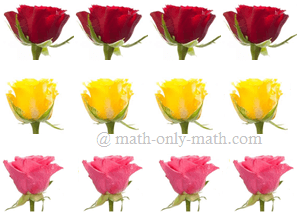
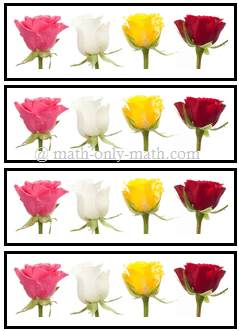
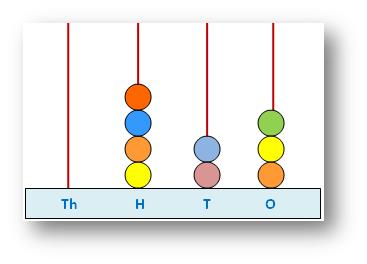

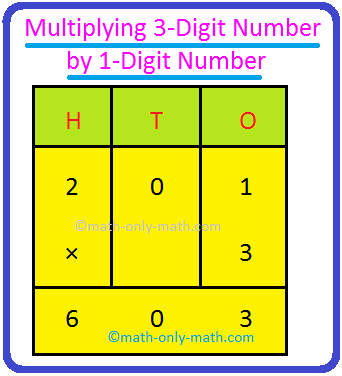
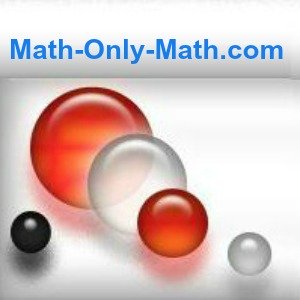
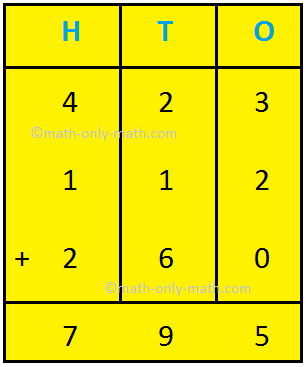
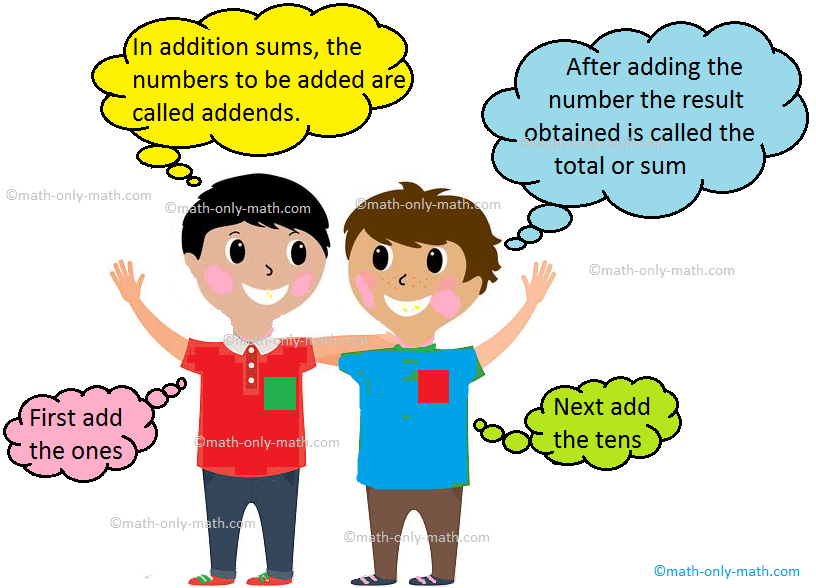

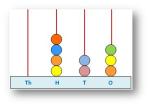
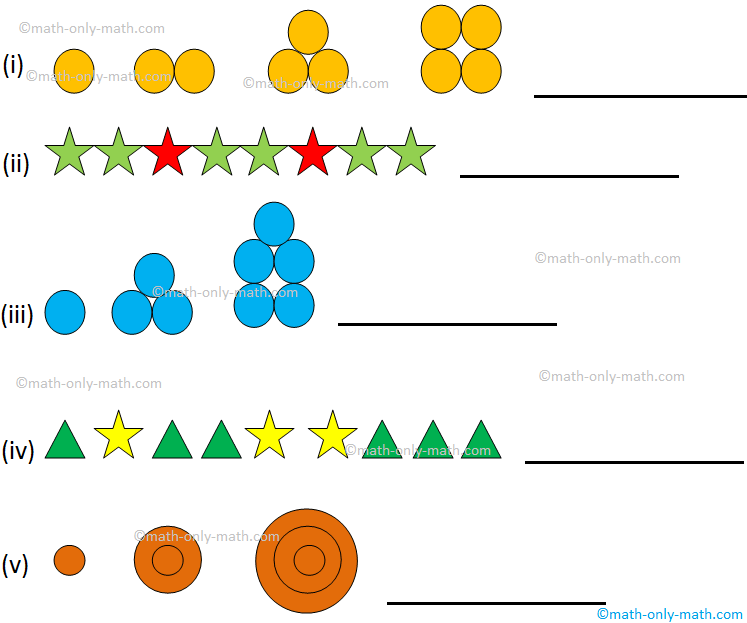
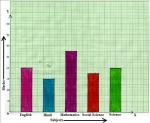

New! Comments
Have your say about what you just read! Leave me a comment in the box below. Ask a Question or Answer a Question.